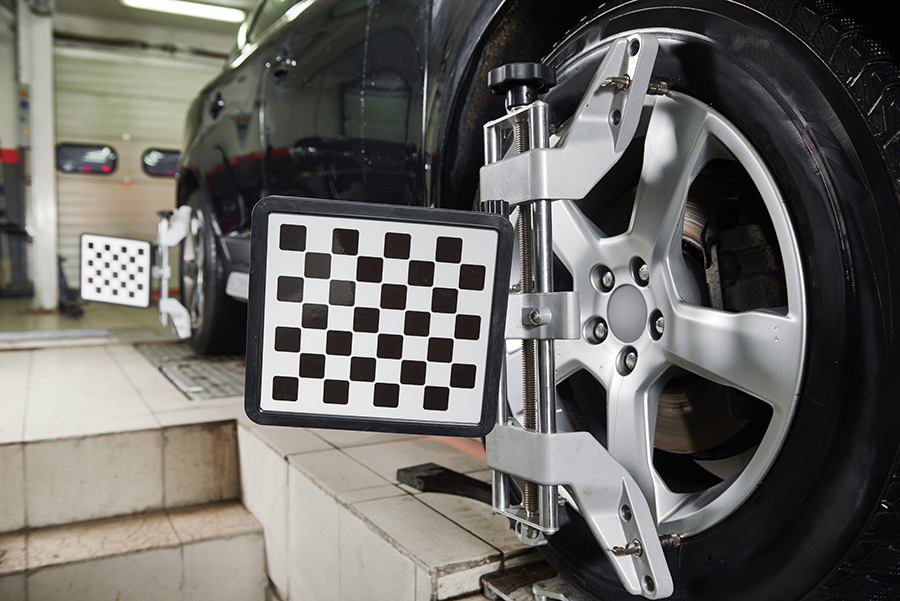Edmonton Tire Repair and Maintenance: What is Tire Alignment and Why is it Important?
Posted February 22nd 2016
Tires may become misaligned due to various causes but neglecting them can result in further problems.
Car components work hard to keep your vehicle running smoothly and performing at optimal levels. The main causes behind tire misalignment include sudden jerks or jarring impact (like climbing onto a pavement), excess wear and tear and height modification. Suspension springs, for example, can become worn and this results in a shift in tire alignment. Preventative vehicle maintenance is more effective compared to corrective action.
The typical signs of a misaligned Edmonton tire include the inability of the steering wheel to return to the normal position after turning corners. Other symptoms include squealing noises from the tires and the tendency to drift to one side. A vibrating steering wheel is also indicative of tire misalignment. Misaligned tires can cause a host of problems for your vehicle.
Some problems include poorer fuel economy because misaligned winter tires develop greater resistance to the road. In simple language, this implies that misaligned tires will lead to added gas consumption. Furthermore, tire misalignment is also associated with lower levels of stability. This means that your vehicle is at greater risk of accidents because of the lack of steering and directional control.
Misaligned tires also result in rapid and uneven tire wear due to increased resistance; the Edmonton tires have to invest more effort while responding to the steering wheel. If you happen to drive through rough and uneven terrains, full of bumps and potholes, the tires may require regular alignment procedures.
Professional auto repair shops will use wheel alignment machines to ensure that the tires are returned to their original configurations. Ideally, tires should be checked at least once every 12 months and particularly before the onset of winter months.




